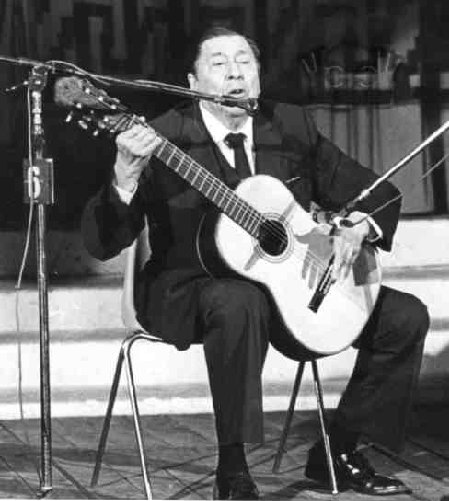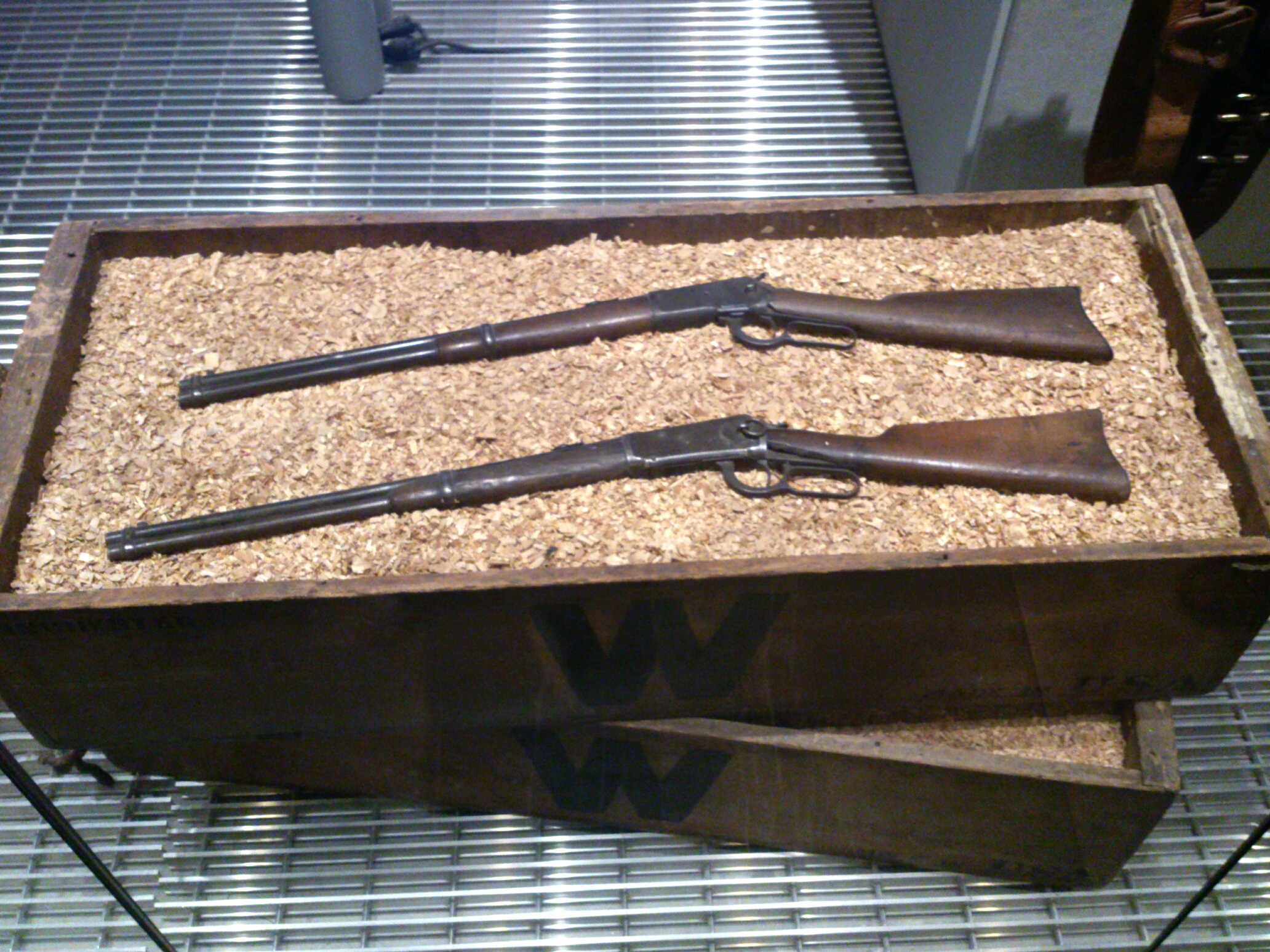|
Basta (album)
''Basta'' ''(Enough!/Das genügt!)'' is an album that was released by Quilapayún in 1969. It brings together popular and folk songs from Latin America, the former USSR, and Italy. This album included "La muralla"/The wall - one of the most popular folk songs in Latin America - based on the text of a poem by the Cuban poet Nicolás Guillén. The vocal arrangements reach their peak in ''“ Bella Ciao”, “Por montañas y praderas”'' and ''“Patrón.”'' This album – as X Vietnam - shows the internationalism of Nueva Cancion Chilena/ New Chilean Song. Liner notes The liner notes below are from the original Basta album release in 1969 and in the re-edition of the album in Italy in 1974, but may not appear with more recent editions. Track listing #”A la mina no voy” (I won’t go back to the mine) (Colombian folklore) #”La muralla” (The wall) (Nicolás Guillén - Quilapayún) #”La gaviota” (The gull) (Julio Huasi – Eduardo Carrasco) #” Bella ciao” (Good ... [...More Info...] [...Related Items...] OR: [Wikipedia] [Google] [Baidu] |
Album
An album is a collection of audio recordings issued on compact disc (CD), Phonograph record, vinyl, audio tape, or another medium such as Digital distribution#Music, digital distribution. Albums of recorded sound were developed in the early 20th century as individual Phonograph record#78 rpm disc developments, 78 rpm records collected in a bound book resembling a photograph album; this format evolved after 1948 into single vinyl LP record, long-playing (LP) records played at revolutions per minute, rpm. The album was the dominant form of recorded music expression and consumption from the mid-1960s to the early 21st century, a period known as the album era. Vinyl LPs are still issued, though album sales in the 21st-century have mostly focused on CD and MP3 formats. The 8-track tape was the first tape format widely used alongside vinyl from 1965 until being phased out by 1983 and was gradually supplanted by the cassette tape during the 1970s and early 1980s; the populari ... [...More Info...] [...Related Items...] OR: [Wikipedia] [Google] [Baidu] |
Luis Emilio Recabarren
Luis Emilio Recabarren Serrano (; July 6, 1876 – December 19, 1924) was a Chilean political figure. He was elected several times as deputy, and was the driving force behind the worker's movement in Chile. Early life Recabarren was born in the port of Valparaíso in 1876, to José Agustín Recabarren and Juana Rosa Serrano. He was of Basque descent. euskomedia.org His family was very impoverished. From a very early age, he worked as a to help with his family's finances. Even though he had very little formal education, he was a voracious reader and was |
Carlos Quezada
Carlos may refer to: Places ;Canada * Carlos, Alberta, a locality ;United States * Carlos, Indiana, an unincorporated community * Carlos, Maryland, a place in Allegany County * Carlos, Minnesota, a small city * Carlos, West Virginia ;Elsewhere * Carlos (crater), Montes Apenninus, LQ12, Moon; a lunar crater near Mons Hadley People * Carlos (given name), including a list of name holders * Carlos (surname), including a list of name holders Sportspeople * Carlos (Timorese footballer) (born 1986) * Carlos (footballer, born 1995), Brazilian footballer * Carlos (footballer, born 1985), Brazilian footballer Others * Carlos (Calusa) (died 1567), king or paramount chief of the Calusa people of Southwest Florida * Carlos (DJ) (born 1966), British DJ * Carlos (singer) (1943—2008), French entertainer * Carlos the Jackal, a Venezuelan terrorist *Carlos (DJ) (born 2010) Guyanese DJ Arts and entertainment * ''Carlos'' (miniseries), 2010 biopic about the terrorist Carlos the Jackal ... [...More Info...] [...Related Items...] OR: [Wikipedia] [Google] [Baidu] |
Atahualpa Yupanqui
Atahualpa Yupanqui (; born Héctor Roberto Chavero Aramburu; 31 January 1908 – 23 May 1992) was an Argentine singer, songwriter, guitarist, and writer. He is considered the most important Argentine folk musician of the 20th century. Biography Yupanqui was born Héctor Roberto Chavero Aramburu in Pergamino (Buenos Aires Province), in the Argentine pampas, about 200 kilometers away from Buenos Aires. His father was a mestizo of Quechua and Basque origins, while his mother was born in the Basque country. His family moved to the Northwest city of Tucumán when he was nine. In a bow to two legendary Incan kings, he adopted the stage name Atahualpa Yupanqui, which became famous all around the world. In his early years, Yupanqui traveled extensively through the northwest of Argentina and the Altiplano studying the indigenous culture. He became politically active and joined the Communist Party of Argentina. In 1931, he took part in the failed Kennedy brothers uprising against the d ... [...More Info...] [...Related Items...] OR: [Wikipedia] [Google] [Baidu] |
Uruguay
Uruguay (; ), officially the Oriental Republic of Uruguay ( es, República Oriental del Uruguay), is a country in South America. It shares borders with Argentina to its west and southwest and Brazil to its north and northeast; while bordering the Río de la Plata to the south and the Atlantic Ocean to the southeast. It is part of the Southern Cone region of South America. Uruguay covers an area of approximately and has a population of an estimated 3.4 million, of whom around 2 million live in the metropolitan area of its capital and largest city, Montevideo. The area that became Uruguay was first inhabited by groups of hunter–gatherers 13,000 years ago. The predominant tribe at the moment of the arrival of Europeans was the Charrúa people, when the Portuguese first established Colónia do Sacramento in 1680; Uruguay was colonized by Europeans late relative to neighboring countries. The Spanish founded Montevideo as a military stronghold in the early 18th century bec ... [...More Info...] [...Related Items...] OR: [Wikipedia] [Google] [Baidu] |
Mexican Revolution
The Mexican Revolution ( es, Revolución Mexicana) was an extended sequence of armed regional conflicts in Mexico from approximately 1910 to 1920. It has been called "the defining event of modern Mexican history". It resulted in the destruction of the Federal Army and its replacement by a revolutionary army, and the transformation of Mexican culture and Federal government of Mexico, government. The northern Constitutionalists in the Mexican Revolution, Constitutionalist faction prevailed on the battlefield and drafted the present-day Constitution of Mexico, which aimed to create a strong central government. Revolutionary generals held power from 1920 to 1940. The revolutionary conflict was primarily a civil war, but foreign powers, having important economic and strategic interests in Mexico, figured in the outcome of Mexico's power struggles. The United States involvement in the Mexican Revolution, United States played an especially significant role. Although the decades-long r ... [...More Info...] [...Related Items...] OR: [Wikipedia] [Google] [Baidu] |
Winchester Model 1894
The Winchester Model 1894 rifle (also known as the Winchester 94 or Model 94) is a lever-action repeating rifle that became one of the most famous and popular hunting rifles of all time. It was designed by John Browning in 1894 and originally chambered to fire two metallic black powder cartridges, the .32-40 Winchester and .38-55 Winchester. It was the first rifle to chamber the smokeless powder round, the .30 WCF (Winchester Center Fire, in time becoming known as the .30-30) in 1895. In 1901 Winchester created the new .32 Winchester Special caliber with production of rifles starting in 1902. The 1894 was produced by the Winchester Repeating Arms Company through 1980 and then by U.S. Repeating Arms under the Winchester brand until they ceased manufacturing rifles in 2006. Reproductions are being made by the Miroku company of Japan and imported into the United States by the Browning Arms company of Morgan, Utah. The Model 1894 has been referred to as the "ultimate lever-action ... [...More Info...] [...Related Items...] OR: [Wikipedia] [Google] [Baidu] |
Soviet Red Army
The Workers' and Peasants' Red Army (Russian: Рабо́че-крестья́нская Кра́сная армия),) often shortened to the Red Army, was the army and air force of the Russian Soviet Federative Socialist Republic and, after 1922, the Union of Soviet Socialist Republics. The army was established in January 1918. The Bolsheviks raised an army to oppose the military confederations (especially the various groups collectively known as the White Army) of their adversaries during the Russian Civil War. Starting in February 1946, the Red Army, along with the Soviet Navy, embodied the main component of the Soviet Armed Forces; taking the official name of "Soviet Army", until its dissolution in 1991. The Red Army provided the largest land force in the Allied victory in the European theatre of World War II, and its invasion of Manchuria assisted the unconditional surrender of Imperial Japan. During operations on the Eastern Front, it accounted for 75–80% of casual ... [...More Info...] [...Related Items...] OR: [Wikipedia] [Google] [Baidu] |
Po Dolinam I Po Vzgoriam
The "March of the Siberian Riflemen" (russian: Марш сибирских стрелков, Marsh sibirskikh strelkov), or alternatively the "Siberian Riflemen's March", is a Russian war song from World War I and the Russian Civil War. It is believed that the song melody was composed by Yuri Cherniavsky in 1915 for recruitment, but it is possible that it circulated in Russia even before. Vladimir Gilyarovsky wrote text for the song, to help recruit Baikal Cossacks into the Imperial Army. His text has three versions. Peter Parfenov wrote the latest version of the song after the 1922 Battle of Volochayevka. Many other songs use this same melody, like the French anarchist song "La Makhnovtchina" and the Red Russian song "Through Valleys and Over Hills" (russian: По долинам и по взгорьям, Po dolinam i po vzgoriam), among others. "Through Valleys and Over Hills" itself has many versions in other languages, including Serbo-Croatian, Greek, German, French, Hung ... [...More Info...] [...Related Items...] OR: [Wikipedia] [Google] [Baidu] |
Balmaceda, Chile
Balmaceda is a Chilean village ( es, aldea) located south east of Coyhaique in Aysén Region. Balmaceda has around 500 inhabitants, and has Aysén Region's largest airport and meteorological station, Balmaceda Airport. History The first settlers arrived into the zone in early-20th century after being expelled from Argentina since the borders between Chile and Argentina were drawn in 1902. In 1917 Balmaceda was officially founded and was named after the Chilean president José Manuel Balmaceda. Balmaceda was initially one of the largest inland Chilean settlements in what is now the Aysén Region. Transport Balmaceda is linked to Route 40, in Argentina, via a 102 km gravel extension road (not pavement - May/2019 info). Climate The climate of Balmaceda is an unusual combination of the dry-summer Mediterranean characteristic more typical of Central Chile with the subpolar oceanic characteristics more typical of southern Chile. Uniquely to the region surrounding Lago General ... [...More Info...] [...Related Items...] OR: [Wikipedia] [Google] [Baidu] |
Italian Partisans
The Italian resistance movement (the ''Resistenza italiana'' and ''la Resistenza'') is an umbrella term for the Italian resistance groups who fought the occupying forces of Nazi Germany and the fascist collaborationists of the Italian Social Republic during the Second World War in Italy from 1943 to 1945. As an anti-fascist movement and organisation, ''La Resistenza'' opposed Nazi Germany, as well as Nazi Germany's Italian puppet state regime, the Italian Social Republic, which was created by the Germans following the Nazi German invasion and military occupation of Italy by the ''Wehrmacht'' and the ''Waffen-SS'' from September 1943 until April 1945 (though general underground Italian resistance and resistance groups to the Fascist Italian government began even prior to World War II). In Nazi-occupied Italy, the Italian anti-fascist resistance fighters, known as the ''partigiani'' ( partisans), fought a ''guerra di liberazione nazionale'', or a war for national liberation, a ... [...More Info...] [...Related Items...] OR: [Wikipedia] [Google] [Baidu] |





